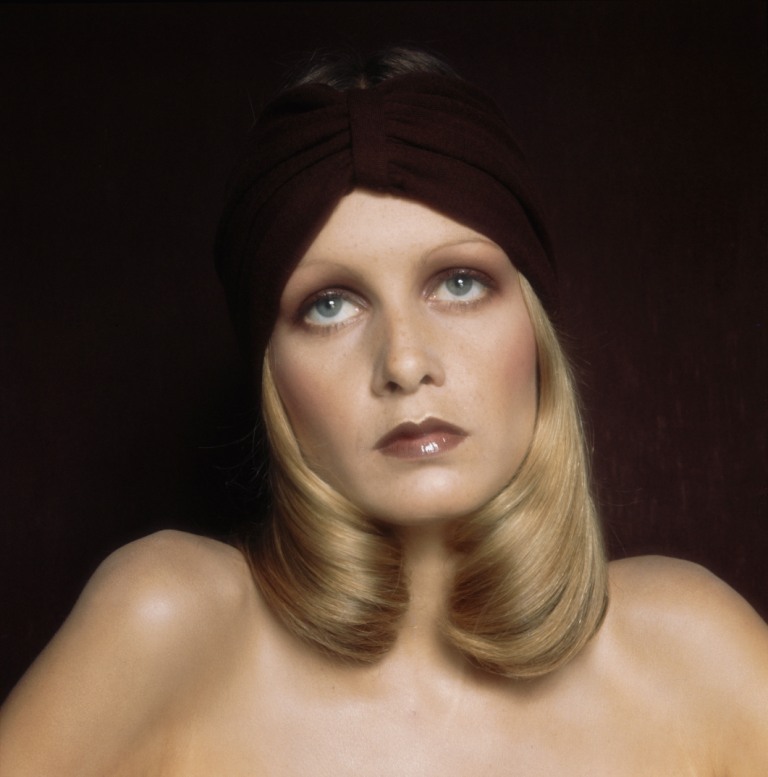Justin de Villeneuve Is More Than Black and White
Justin de Villeneuve’s photography career might very well be defined in the mid-’60s, when training as a hairdresser under Vidal Sassoon in Mayfair, he had a chance encounter with a teenager named Twiggy. After photographing her for his own portfolio, de Villeneuve inadvertently launched a young supermodel onto the ’60s fashion landscape, and with it created a familiar fairy tale of innocent yet illustrious images. A half century later, from his first encounter, a new exhibition, “Faces of the Sixties,“ at London’s Proud Gallery through July 18, goes deep into the de Villeneuve archive to present an exclusive collection of previously unexplored and unseen pictures: intimate images of Twiggy and other iconic superstars of the period, such as David Bowie and Marsha Hunt.
The exhibit looks to transcend the photographer’s most recognized narrative of black and whites, and trace his trajectory into color photography and silhouette posters, inspired by collaborations with the likes of designer Ossie Clark and legendary London cobbler George Cleverly. It also might give some context to de Villeneuve’s famous daughters, Daisy and Poppy.
“It was much easier to do things creatively in the ’60s,” reminisces de Villeneuve. “There were great names in photography—Helmut Newton, Willy Christie, Guy Bourdin—to admire, whereas nowadays in the new digital photography age, it’s mostly the amateurs creating wonderful pictures, not the professionals.”
The exhibit aims to attract a younger generation, who might not remember the photographer’s most commercial pieces. “There is definitely a more spontaneous feel to these pictures,” says de Villeneuve. “Twiggy was very into the ’20s-inspired dresses around during the late ’60s, so I shot her playing with these fashion pieces on herself.” The result is a series, which then became promotional photos, of her in the costumes from the director, Ken Russell’s production of the 1970 play The Boyfriend.
In this ongoing story of famous fashion faces, other highlights include black-and-white portraits of Patti Boyd, sitting for Italian Vogue, and a one-off photo of Twiggy with David Bowie, where’s she so unrecognizable in a painted mask that Bowie decided to commission it for his infamous Pin Ups album cover in 1973.
Having gone onto launch his solo photography career on the back of his role as Twiggy’s manager, the exhibit evokes strong memories for de Villeneuve of his close relationship with her, and moreover the iconic images that came out of this period. “The striking picture of Marsha Hunt particularly resonates. She had just arrived in England to star in the musical HAIR when I met her and asked to do a portrait. I never predicted it would become a bold-faced image of the period.”







